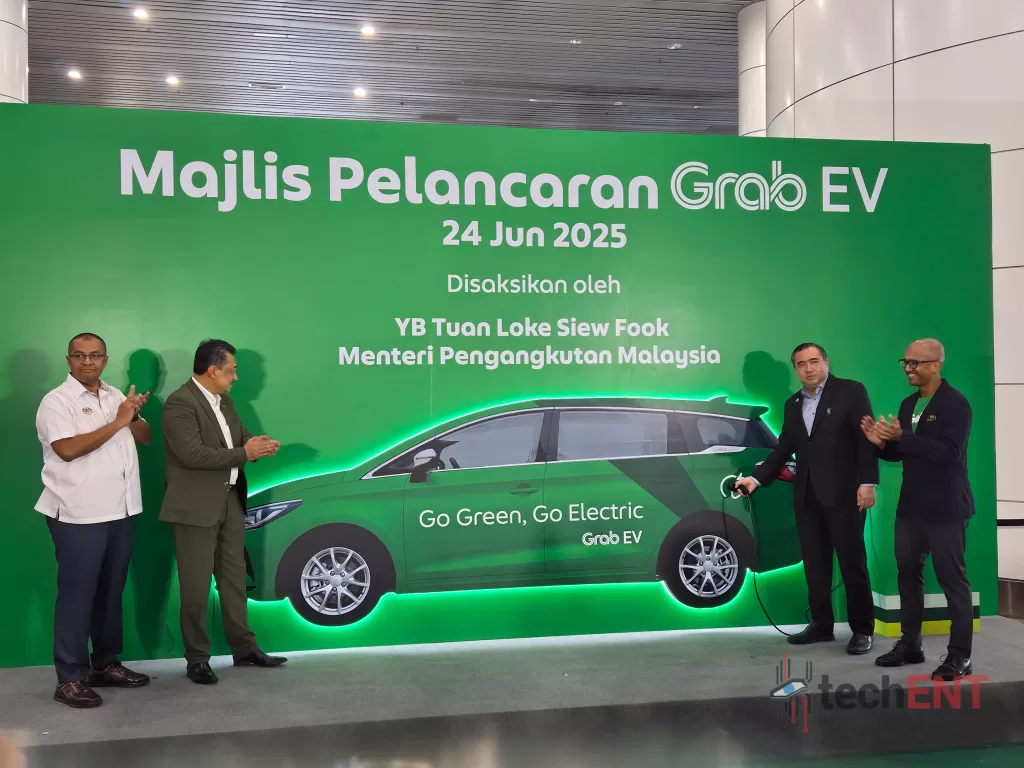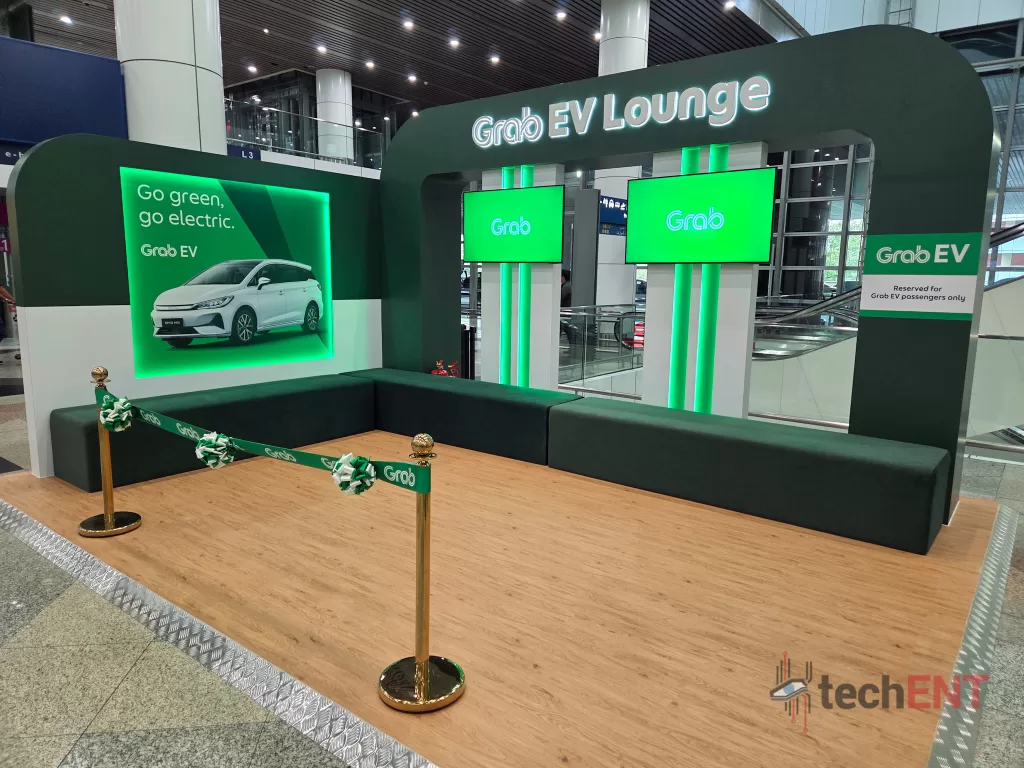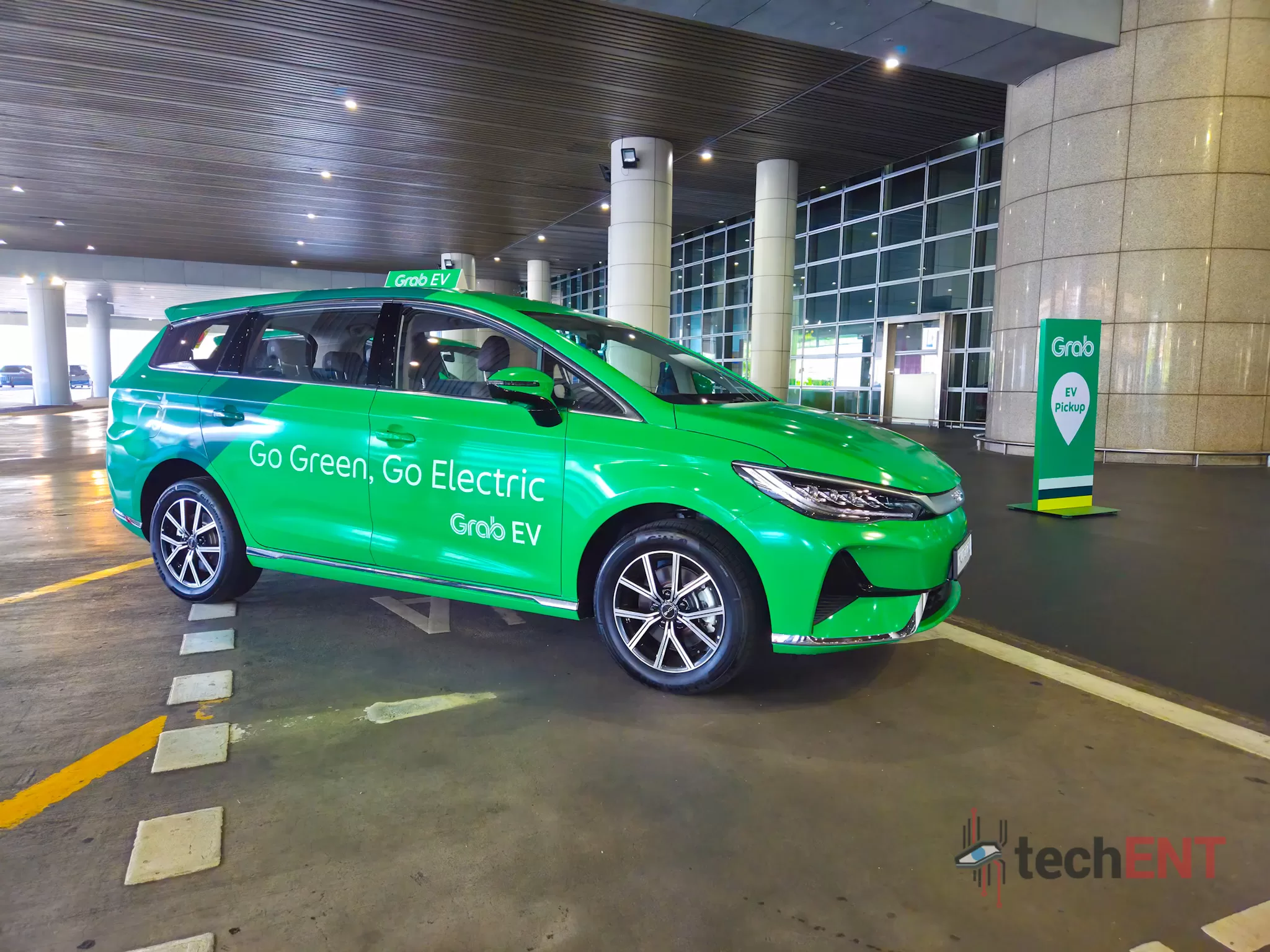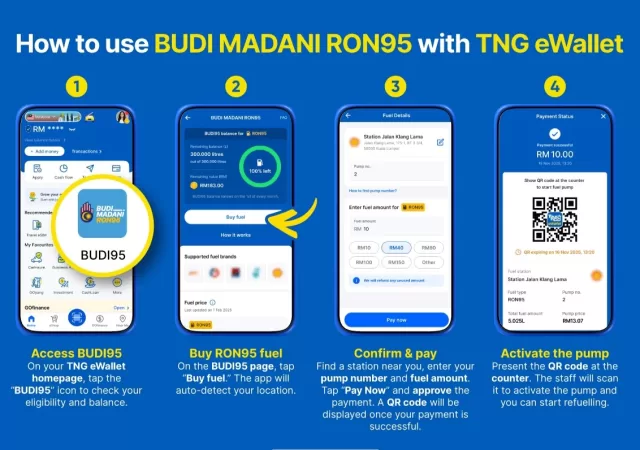Grab Malaysia has officially launched its first fleet of electric vehicles (EVs) dedicated to airport transportation, a significant step in the company’s commitment to promoting sustainable mobility and contributing to Malaysia’s green economy. The new service, called Grab EV, was launched on June 24, 2025, at Kuala Lumpur International Airport (KLIA) in a ceremony officiated by the Ministry of Transport. While on the surface this is a new ride option for travelers, it represents a much deeper strategic move that aligns with global shifts in corporate responsibility, evolving consumer expectations, and the urgent need for cleaner transportation.

Why Does GrabEV Matter?
To understand the significance of this move, it’s important to look at the environmental impact of different vehicle types.
According to a 2018 study by the European Enviromental Agency, traditional petrol cars produce tailpipe emissions like carbon doxide (CO2), nitrogen oxides (NOx), and particulate matter, which contribute to both climate change and local air pollution. Hybrid vehicles, which combine a petrol engine with an electric motor, reduce these emissions by using electric power at lower speeds, but they still rely on burning fossil fuels. Electric vehicles, on the other hand, have zero tailpipe emissions. This means that in urban environments like the Klang Valley, a widespread shift to EVs could lead to a significant improvement in air quality.
However, the environmental story isn’t just about what comes out of the tailpipe. It’s about the entire lifecycle of the vehicle, from manufacturing to disposal. Producing an EV, particularly its battery, can initially create more emissions than manufacturing a petrol car. But studies consistently show that over the vehicle’s entire lifetime, EVs have a significantly smaller carbon footprint. As the vehicle is driven, the initial manufacturing emissions are quickly offset by the lack of fuel combustion. After just a few thousand kilometers, the total emissions of a petrol car typically overtake those of an EV, and the gap continues to widen over time. Even when compared to hybrids, fully electric vehicles still come out ahead in lifetime emissions, making them a more impactful long-term solution for decarbonizing transport.
A Premium, Greener Option to KLIA at an Affordable Price
Initially, the Grab EV ride option will be exclusively available for passengers travelling from KLIA and can be booked seamlessly through the Grab app for RM134 excluding tolls.
The service will feature the BYD M6, a 7-seater electric MPV that promises passengers a quieter and smoother ride experience. Acknowledging the needs of travelers with luggage, the 3rd-row seats of the BYD M6 can be easily folded down to create a larger, flat cargo area.

To further encourage passengers to try the new service, Grab Malaysia has also introduced a dedicated EV Lounge at the airport. This comfortable space allows passengers to relax while waiting for their ride, enhancing the overall travel experience and making the choice to go green more convenient and enjoyable.
Beyond the Ride: ESG and National Goals
The Grab EV launch is a clear example of a company putting its Environmental, Social, and Governance (ESG) principles into action. In an era where consumers and investors alike scrutinize corporate responsibility, initiatives like Grab EV are crucial. This move directly supports Malaysia’s national sustainability agenda, including the National Transport Policy 2019-2030, which aims to advance low-carbon mobility.
In his officiating speech, Minister of Transport Yang Berhormat Anthony Loke Siew Fook shared, “The launch of this EV fleet, ride option, and airport lounge at KLIA is a timely initiative that supports our national sustainability goals while enhancing the travel experience at one of Malaysia’s key transport hubs. Strong collaboration between the government and industry players like Grab is essential to achieving meaningful progress, and we welcome efforts by the private sector to introduce innovative, environmentally responsible solutions.”

For Grab, this initiative is a key part of its broader sustainability goals. “This supports our broader goal of achieving carbon neutrality by 2040,” said Rashid Shukor, Director of Country Operations and Mobility at Grab Malaysia. “By prioritising routes with high visibility and demand such as KLIA, we aim to demonstrate the practicality and comfort of EVs while driving greater awareness among consumers.”
Nudging Green Choices
The success of any green initiative ultimately depends on consumer adoption. While there is a growing eco-consciousness among the public, particularly younger generations, there often exists an “intention-action gap.” Many consumers say they want sustainable options, but their final choices are still heavily influenced by cost, convenience, and availability.


Grab’s strategy appears to tackle this challenge head-on. By launching Grab EV for the premium airport route, they are targeting a segment where passengers may be less price-sensitive and more open to a better-quality experience. The quietness and smoothness of an EV ride in the BYD M6, combined with the comfort of the dedicated EV Lounge, creates a superior experience that can positively shape public perception of electric vehicles. This positive first impression is critical in building greater public confidence and encouraging the shift towards electric mobility.
Building Sustainability into Sustainability
Building a sustainable mobility ecosystem cannot be done alone. Grab is collaborating with key industry partners, including BYD Sime Motors as the vehicle provider, along with Yinson GreenTech and Power-Up Tech (P.UP), to accelerate EV adoption in Malaysia. These partnerships are vital for tackling the larger challenges of the EV transition, such as ensuring adequate charging infrastructure, vehicle maintenance, and driver-partner training, creating a viable and scalable model for the future.
This initial launch at KLIA serves as an important milestone. It’s a focused, high-visibility pilot that not only provides a valuable service to travelers but also acts as a real-world showcase for the future of sustainable e-hailing in Malaysia. It’s a clear signal that the future of mobility is not just about getting from point A to B, but about how we get there.






